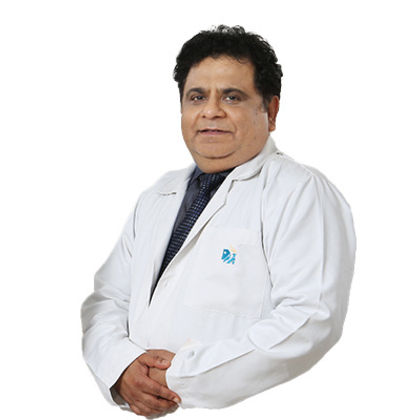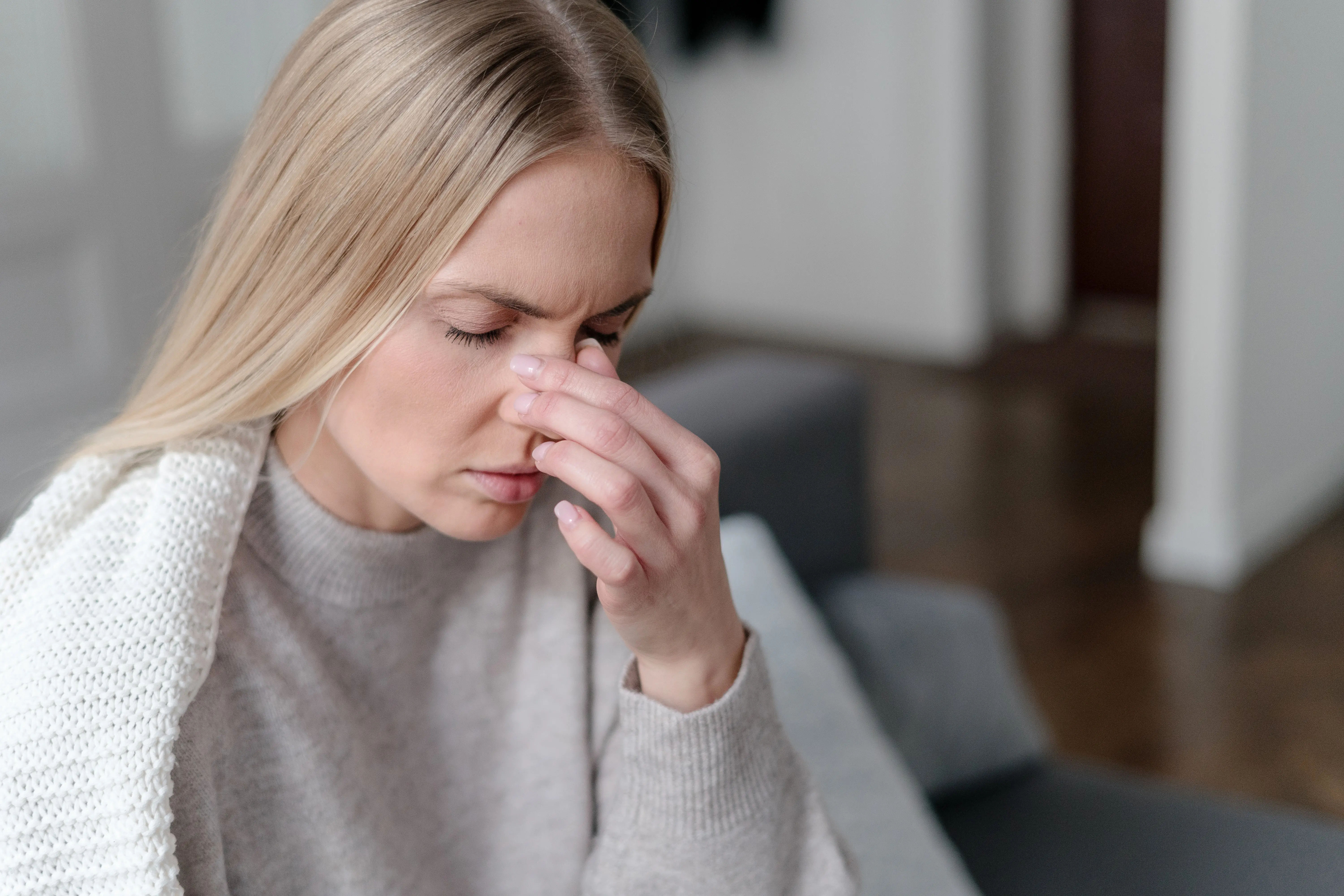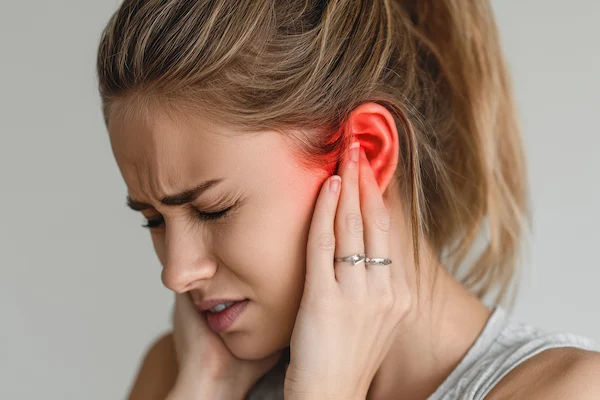Pilonidal Sinus Overview and Management
Learn about pilonidal sinus, its symptoms, causes, diagnosis, and treatment options. Discover home remedies, lifestyle tips, and medical treatments to manage and prevent recurrence.

Written by Dr. Rohinipriyanka Pondugula
Reviewed by Dr. Md Yusuf Shareef MBBS
Last updated on 1st Sep, 2025

Dealing with a pilonidal sinus can be painful and frustrating, but understanding the condition and knowing how to manage it can make a big difference. This article will explain what a pilonidal sinus is, its symptoms, causes, and how you can take care of it—whether through lifestyle changes, home remedies, or medical treatment.
What is a Pilonidal Sinus?
A pilonidal sinus is a small tunnel or cavity that forms near the tailbone (just above the buttocks). It usually contains hair, debris, and sometimes becomes infected, leading to pain, swelling, and pus drainage. The term pilonidal comes from Latin words meaning "nest of hair," which describes how hair often gets trapped in this area.
While it can happen to anyone, it is more common in:
- Young adults (especially men)
- People who sit for long hours (like office workers or drivers)
- Those with excessive body hair
Symptoms of Pilonidal Sinus
If you have a pilonidal sinus, you may experience:
- Pain and tenderness near the tailbone
- Swelling or a lump in the affected area
- Redness and warmth (signs of infection)
- Pus or blood drainage from a small opening (sinus tract)
- Fever (if the infection worsens)
Sometimes, the sinus may remain silent (asymptomatic) until an infection develops.
What Causes Pilonidal Sinus?
The exact cause is not always clear, but several factors contribute:
1. Ingrown Hair – Loose hair can penetrate the skin, causing irritation and infection.
2. Friction and Pressure – Sitting for long periods can force hair into the skin.
3. Excessive Sweating – Moisture can trap bacteria and worsen the condition.
4. Poor Hygiene – Not keeping the area clean can increase infection risk.
5. Genetics – Some people may have a deeper cleft (buttock crease), making them more prone.
How is Pilonidal Sinus Diagnosed?
A doctor can usually diagnose it by examining the affected area. In some cases, imaging tests like an ultrasound or MRI may be needed if the sinus is deep or recurring.
Management and Treatment Options
1. Home Care & Lifestyle Changes
If caught early, mild cases can be managed at home:
- Keep the area clean – Wash with mild soap and water daily.
- Avoid prolonged sitting – Take breaks if you have a desk job.
- Wear loose clothing – Tight clothes can increase friction.
- Hair removal – Shaving or laser hair reduction can prevent recurrence.
- Warm compresses – Helps reduce swelling and promote drainage.
Get Your Health Assessed
2. Medical Treatment
If infection develops, medical intervention may be needed:
- Antibiotics – For mild infections.
- Incision & Drainage (I&D) – If an abscess forms, a doctor may drain the pus.
- Surgery – For recurring or severe cases, options include:
- Excision & Primary Closure – Removing the sinus and stitching the wound.
- Open Wound Healing – Leaving the wound open to heal naturally (takes longer but reduces recurrence).
- Minimally Invasive Techniques – Like laser treatment or pit picking.
Consult a Specialist for Personalised Advice
3. Preventing Recurrence
Since pilonidal sinus can come back, follow these steps:
- Maintain hygiene – Keep the area dry and clean.
- Avoid trauma – Don’t pick at the area.
- Stay active – Regular movement reduces pressure.
- Consider hair removal – If prone to recurrence.
When to See a Doctor?
Consult a doctor if:
- The pain becomes severe.
- There’s pus or foul-smelling discharge.
- Fever or chills develop (signs of spreading infection).
- The sinus keeps coming back.
Final Thoughts
A pilonidal sinus can be uncomfortable, but with proper care, it can be managed effectively. Simple lifestyle changes, good hygiene, and timely medical treatment can help prevent complications. If you suspect you have this condition or need expert advice, Apollo 24|7 offers consultations with specialists who can guide you on the best treatment options.
Need help? Book an appointment with a surgeon today via Apollo 24|7 for personalized care!
Consult a Specialist for Personalised Advice

Dr. Ramya Hari
General Practitioner
18 Years • Medical Head & Family Physician, DG Shipping Approved Doctor, Panel Physician - UK Visa Medicals
Chennai
Apollo Medical Centre Kotturpuram, Chennai

Dr. Gopal Batni
General Physician/ Internal Medicine Specialist
39 Years • MD
Bhopal
Apollo Sage Hospitals, Bhopal
(25+ Patients)

Dr. Afreen Banu Khan
General Physician/ Internal Medicine Specialist
12 Years • MBBS, DDM (Diab). FCC (Cardio)
Chennai
Apollo Speciality Hospitals OMR, Chennai

Dr. Vijai Kumar C
General Physician/ Internal Medicine Specialist
42 Years • MD (Gen Med.)
Chennai
Apollo Hospitals Greams Road, Chennai
(50+ Patients)

Dr. Anand Misra
General Physician/ Internal Medicine Specialist
14 Years • MBBS, DNB
Mumbai
Apollo Hospitals CBD Belapur, Mumbai


